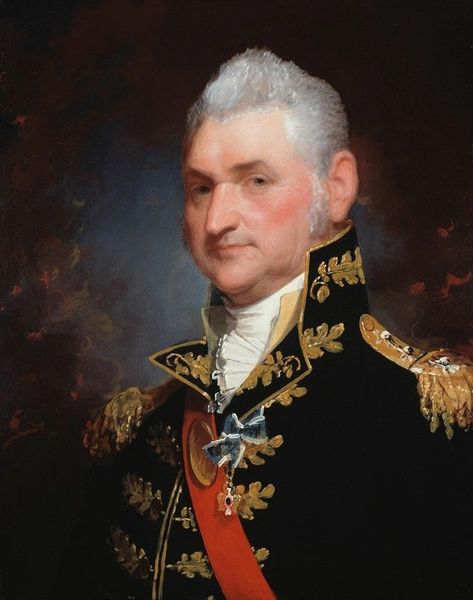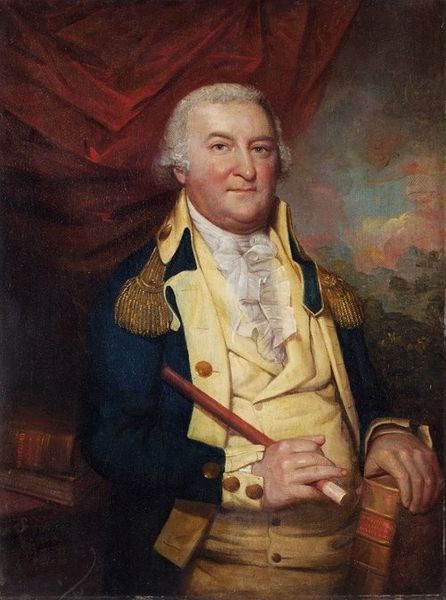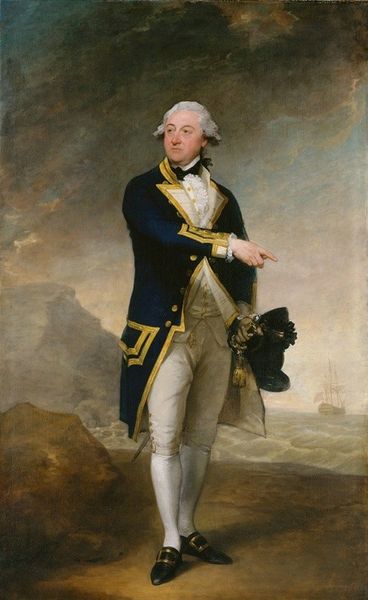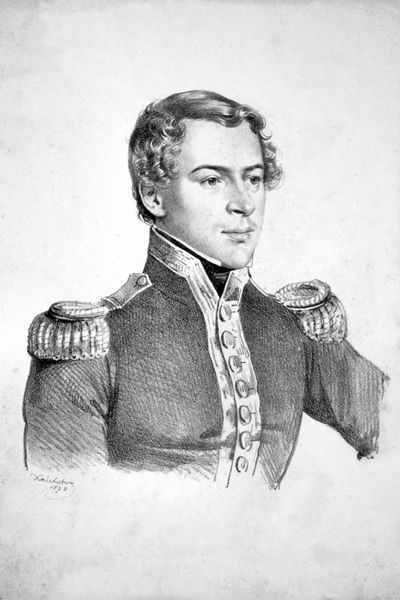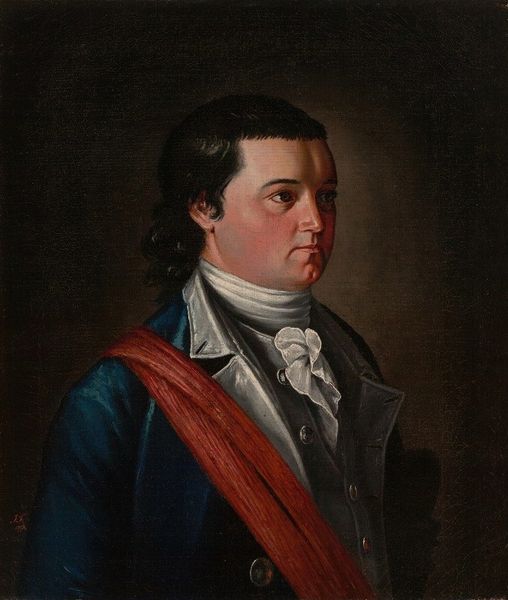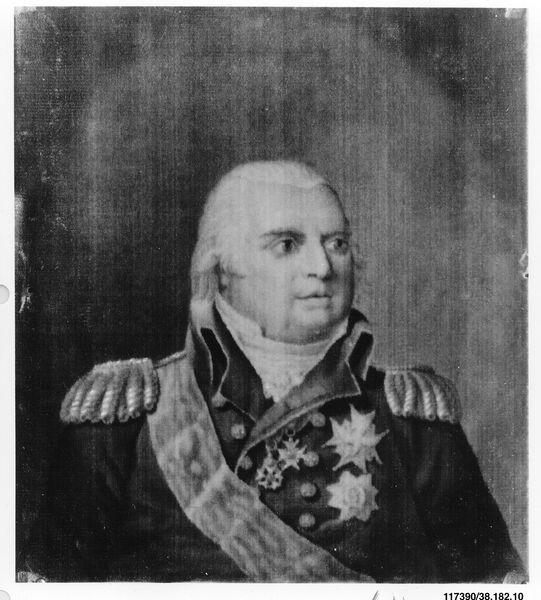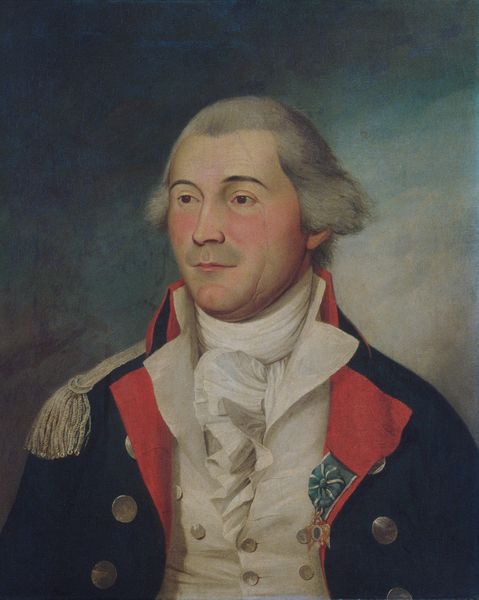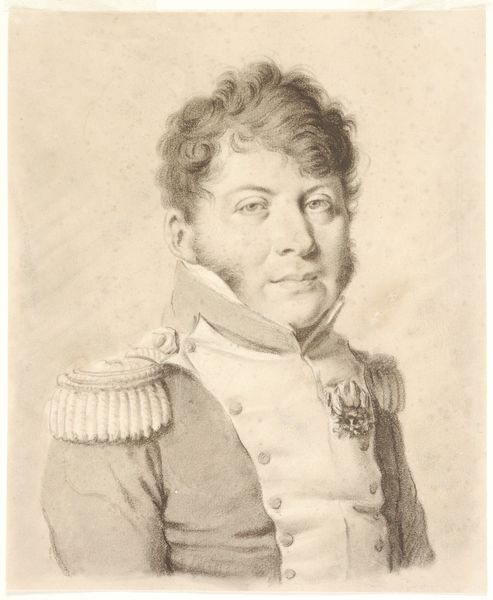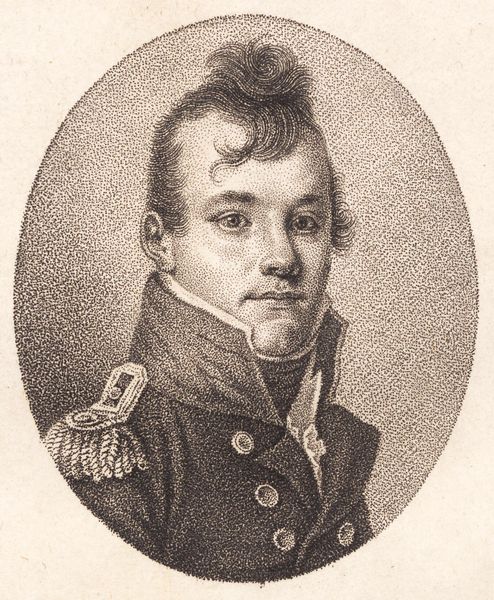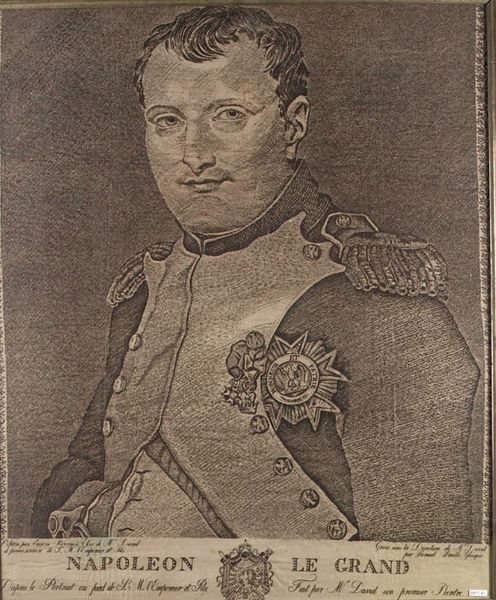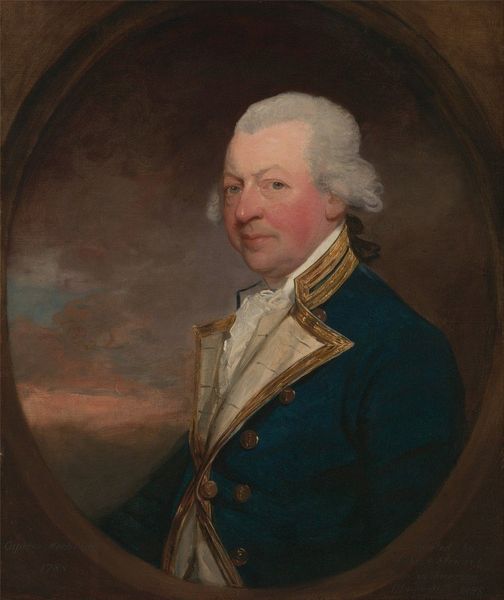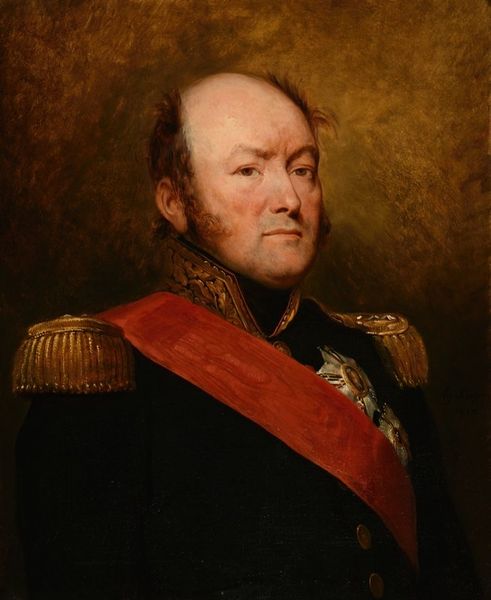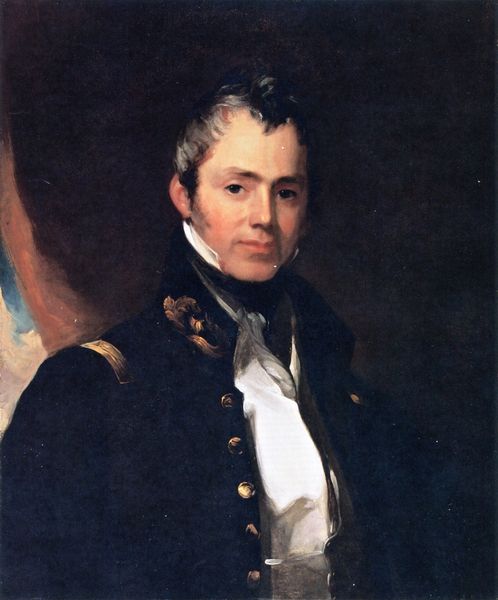
oil-paint
#
portrait
#
neoclacissism
#
portrait
#
oil-paint
#
history-painting
#
academic-art
Dimensions: 30 x 25 in. (76.2 x 63.5 cm)
Copyright: Public Domain
Editor: Gilbert Stuart's "Commodore Isaac Hull," painted between 1813 and 1814, captures the Commodore in oil. It's a rather stately portrait. What symbols do you see embedded in this image, hinting at the cultural values of the time? Curator: It’s interesting how a portrait, ostensibly a representation of an individual, becomes a powerful carrier of cultural memory. Note the meticulously rendered naval uniform; it’s not just fabric and trim. It's a language. Editor: A language? Curator: Absolutely. Think of the epaulettes, the gold braid, the precise cut – each detail speaks to Hull's status, his achievements, his contribution to the nation. The uniform isn’t merely clothing; it represents the cultural weight of naval power, heroism, and the early American Republic's aspirations on the world stage. His slightly turned gaze and composed demeanor also evoke neoclassical ideals of reason, duty, and honor. Editor: So it's almost like a costume, acting as a symbolic shorthand for a whole set of cultural ideas? Curator: Precisely. Stuart understood the potent symbolism of such markers. They told stories, shaping perceptions and reinforcing shared values. A question for you: Do you think that these images reinforce power structures, or democratize them? Editor: I suppose it could do both depending on who is viewing. I will think about that. Thank you! Curator: A potent reminder of how seemingly straightforward images become dense webs of meaning when we unpack their cultural symbolism. Thank you.
Comments
No comments
Be the first to comment and join the conversation on the ultimate creative platform.

